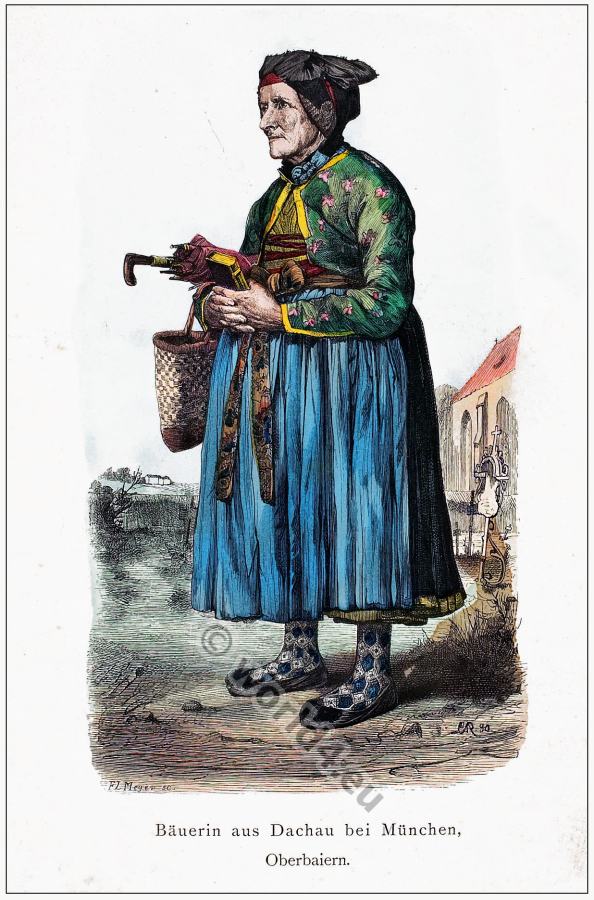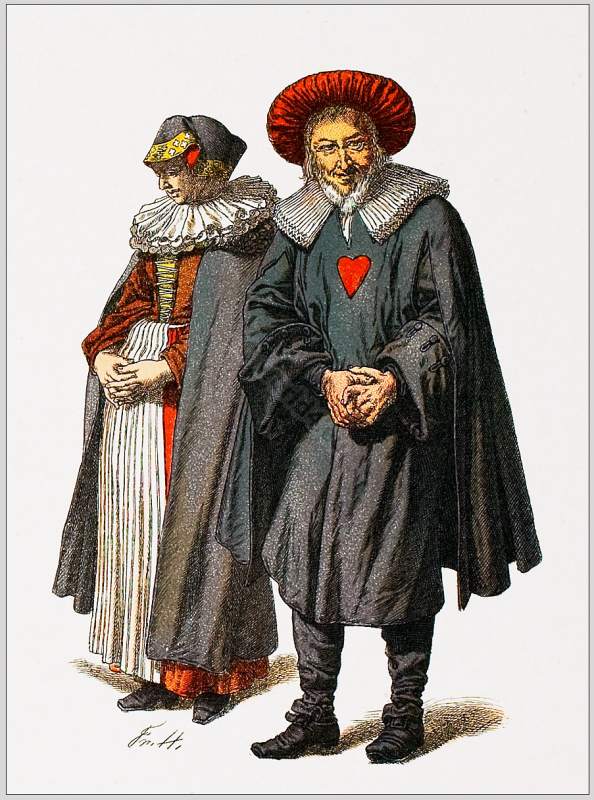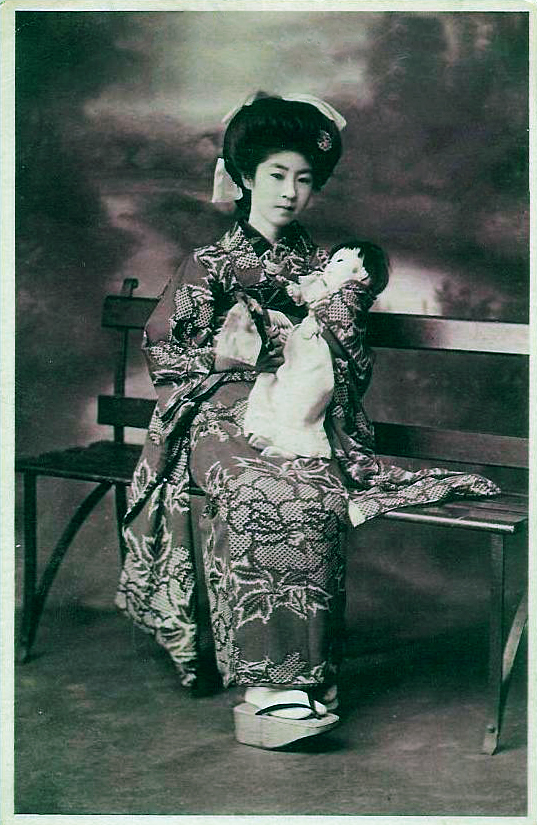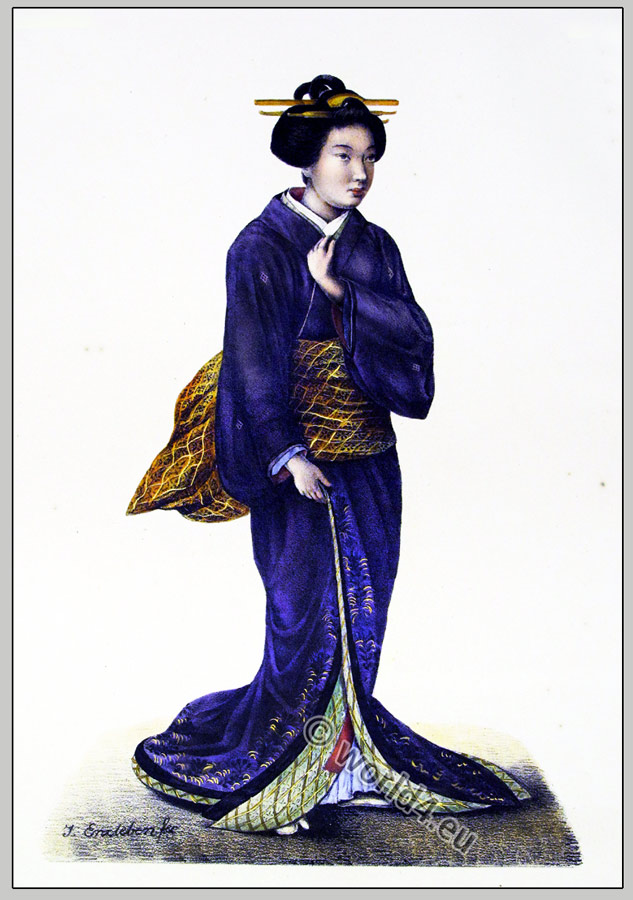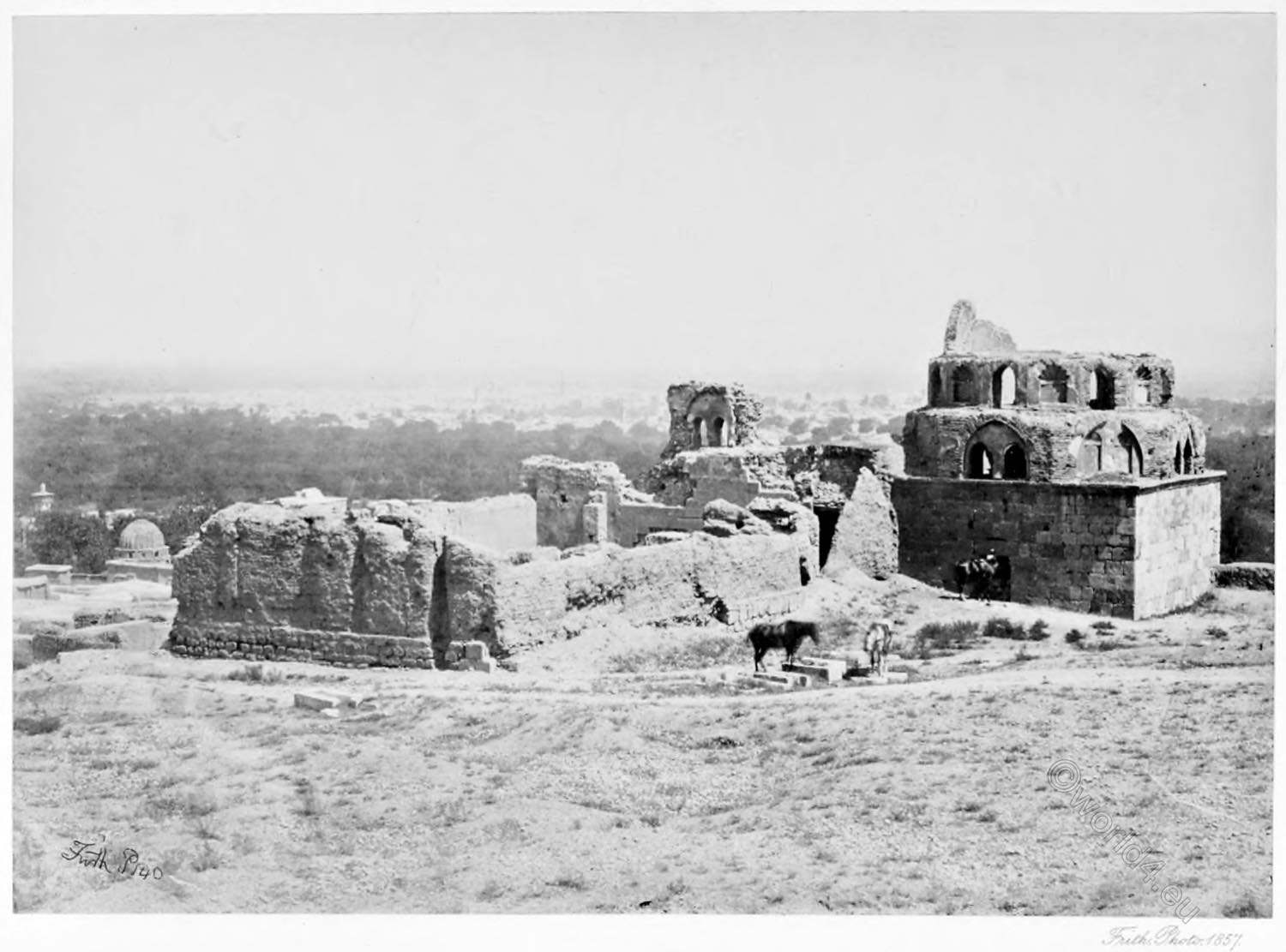Syria (officially Syrian Arab Republic) is a state in the Near East and part of the Mashreq *). Syria borders Israel and Jordan to the south, Lebanon and the Mediterranean Sea to the west, Turkey to the north and Iraq to the east.
In 2010, almost 21 million people lived in the country, most of them in Aleppo, the capital region of Damascus, in Homs, Hama and Latakia.
*) Geographically, the Mashreq (also Mashrek or Mashriq, Arabic المشرق, DMG al-Mašriq ‘Orient’) has referred to an area in the Middle East since the Arab-Islamic expansion in the 7th century. In general, this refers to the countries with an Arabic-speaking majority east of Libya and north of Saudi Arabia, specifically the states of Egypt, Palestine, Israel, Jordan, Lebanon, Syria and Iraq. The Arabic word al-Mashrek, literally means “place where the sun rises”. In contrast, the term Maghreb al-maġrib means ‘place where the sun sets; the west’. Both geographical designations date back to the time before the emergence of the Islamic Empire and refer to the division of the world in the late Roman Empire.
Syria. The clothing of woman and man at the beginning of the 19th century.
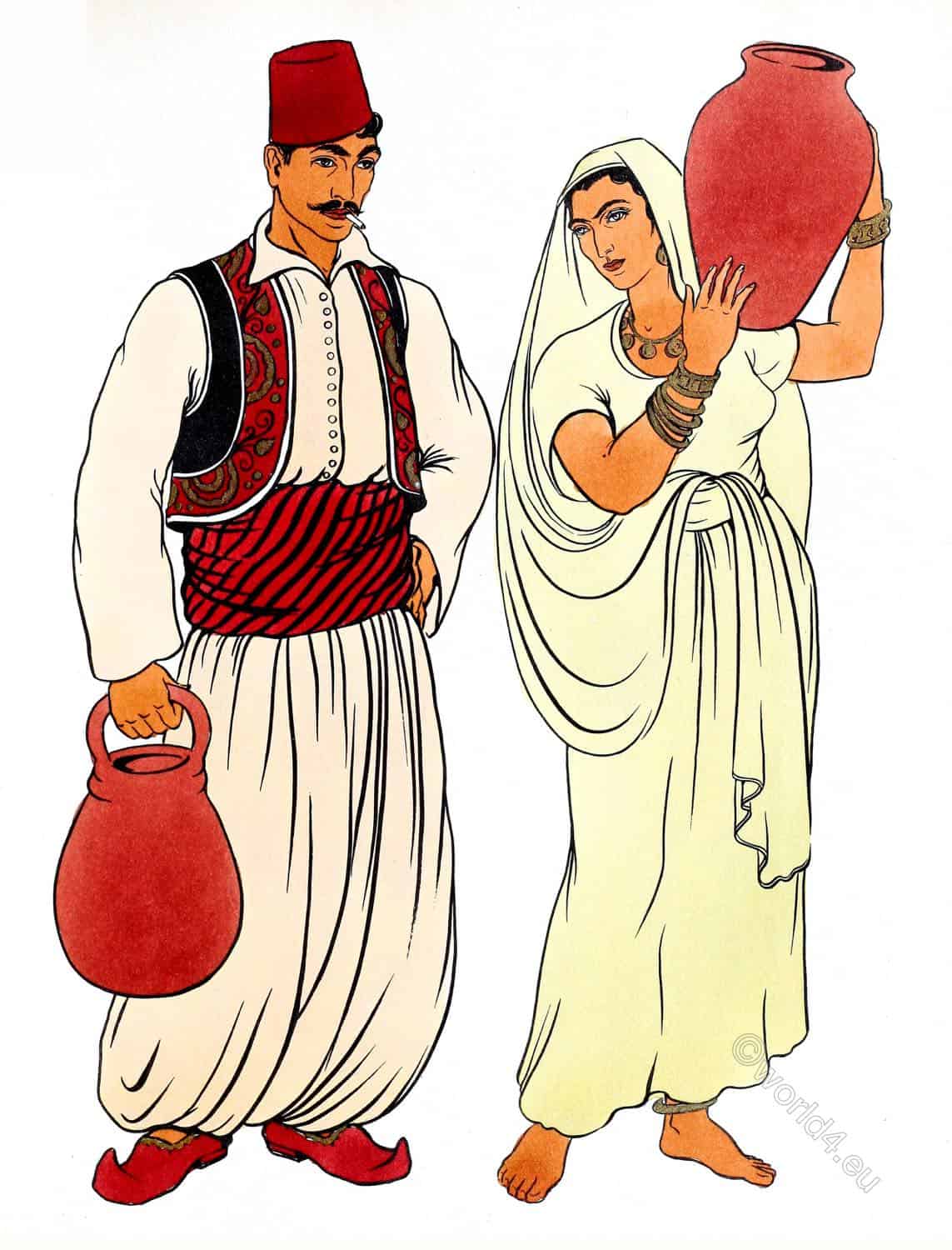
Syria. Asiatic Plate No. 3. Middle Class.
Syria, a former province of the old Turkish Empire, is now an independent state under French mandate. Situated to the east and north of the Mediterranean Sea, it is some fifty-eight thousand square miles on area. Like Turkey, its three million people are predominantly Moslem; and also, like Turkey it is a typical Oriental state, redolent of all that one conjures up when one thinks of “The Arabian Nights”. Within its bounds are such cities as Aleppo, Damascus, Antioch, and Beirut. Its chief industries are of an agricultural nature — tobacco, wheat, fruit, and silk.
As is the case with almost all Near Eastern countries, the picturesque dress of old is fast yielding to Western fashions; and, if there is such a thing as a native costume, it is so eclectic and muddled that one is at a loss to say that this is definitely Syrian, that absolutely Turkish, and so forth. There is such a conglomeration of nationalities, such a confusion of languages, that it is almost impossible to ascertain what is actually Syrian and what its real name might be.
The man on this plate wears the usual, rather tall, red felt fez of Asia Minor. His shirt is of cotton, cut to fit very loosely and bound at the waist with a wide, striped silk sash. His trousers are long and baggy, held up at the waist, in addition to the sash pictured, by a draw-string much like a pair of pajama trousers. These trousers are most commonly of cotton, though on more dressy occasions some more elaborate material might be worn.
Over his shirt the Syrian man wears a tiny jacket made gay with embroidery. The one shown is sleeveless and unfastened^ some, however are sleeved and have a row of pear-shaped buttons covered with woven material and fastened with small loops of silk cord.
The shoes are low-heeled red leather slippers that have the typical upturned toe of the East.
The woman, typical of all women of the Near East is bedecked with earrings, a necklace, bracelets, and even an ankle ring. Much costly, rich jewelry is worn by the women — many of them wearing their entire dowry in the shape of necklaces and bracelets of gold coins on their person.
There is nothing distinctively Syrian in her clothes, but as was mentioned above, there is really no characteristic Syrian outfit. She wears a long, loose cotton dress or gown coming to her ankles. It fits rather neatly above the waist and is girdled at the waist by a portion of her large shawl of the same material.
No Moslem woman is seen without her shawl, used almost exclusively to veil her face. It appears in many different forms and under various names, but
basically it is a veil and serves the same purpose in all Mohammedan countries.
Her black hair she has combed off the face simply, in a center part. Her feet are bare by no means a rarity almost anywhere in Asia Minor; but if she wore shoes they would be not much different from those of the man pictured beside her.
Source: Museum Extension Project. Administration of Pennsylvania. Pennsylvania Department of Education.

Related
Discover more from World4 Costume Culture History
Subscribe to get the latest posts sent to your email.

